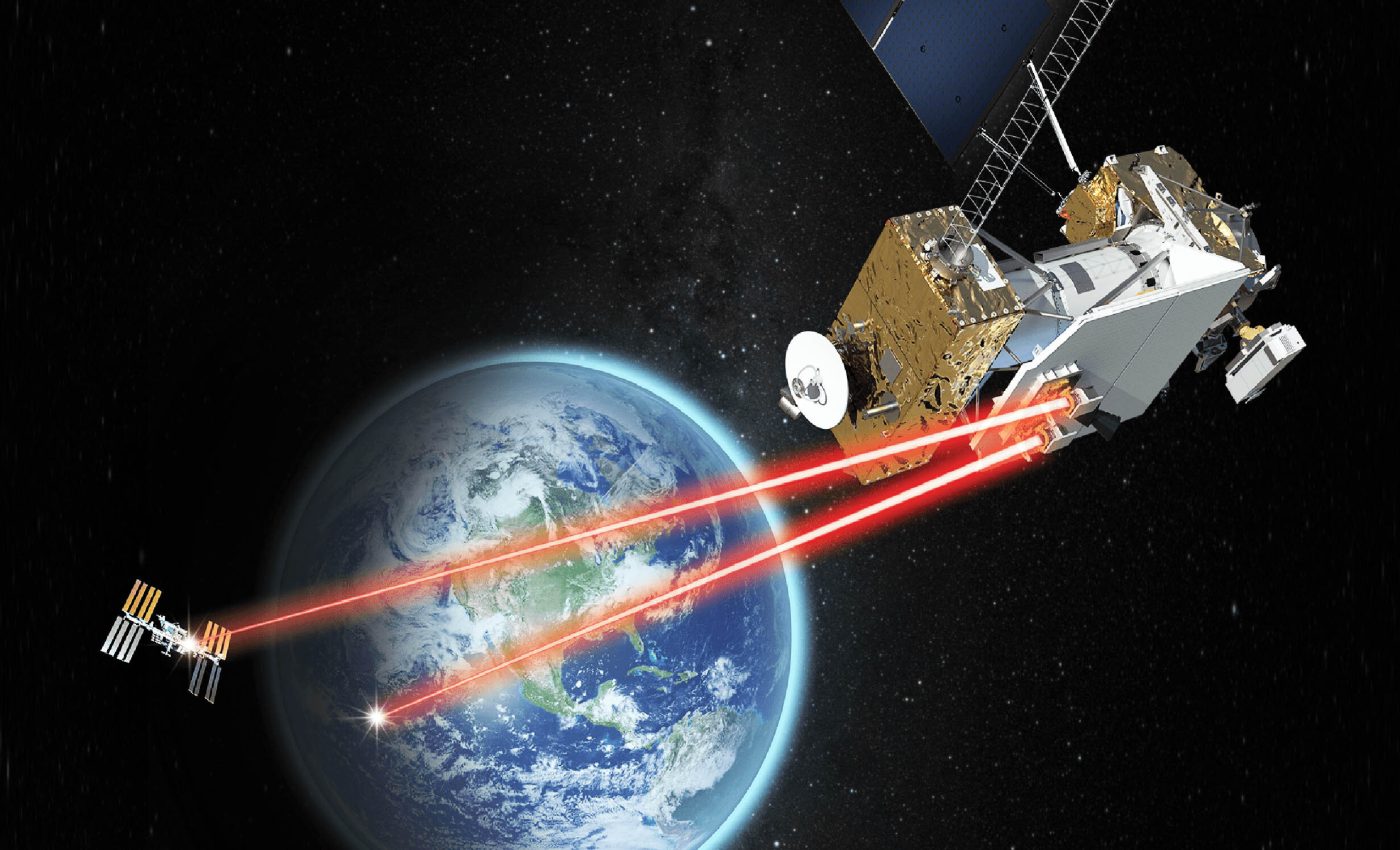
NASA's laser breakthrough: A new era of cosmic communication
NASA’s Deep Space Optical Communications tech demo continues to break records and defy expectations. This advanced communication technology has achieved several key milestones, the latest being the successful transmission of a laser signal to NASA’s Psyche spacecraft from Earth.
Remarkably, this distance is equivalent to the maximum separation between Earth and Mars, a distance of about 290 million miles.
Deep space laser communication
The significant achievement of this milestone on July 29 marked the culmination of the technology demonstration’s first operational phase since Psyche’s launch in October 2023.
“The milestone is significant. Laser communication requires a very high level of precision, and before we launched with Psyche, we didn’t know how much performance degradation we would see at our farthest distances,” noted Meera Srinivasan, one of the project’s operations leads at NASA’s Jet Propulsion Laboratory in Southern California.
These results now confirm that optical communications stand as a robust and transformative means of exploring the solar system.
Managed by the Jet Propulsion Laboratory, the Deep Space Optical Communications experiment consists of a laser transceiver and two ground stations.
The historic 200-inch Hale Telescope at Palomar Observatory acts as the downlink station, while the Table Mountain facility serves as the uplink station, capable of transmitting up to 7 kilowatts of laser power.
Exceeding expectations with laser communication
By utilizing laser technology, data transmission rates can reach levels up to 100 times higher than those achievable with radio frequencies.
This offers the incredible potential to transmit complex scientific data, high-definition imagery, and even video footage, opening up new avenues for human exploration of Mars and beyond.
The technology demo’s data is sent to and from Psyche as bits encoded in near-infrared light, which has a higher frequency than radio waves, allowing for much higher rates of data transfer.
Even at the astounding distance of 33 million miles away, the technology demonstration was capable of transmitting data at speeds akin to broadband internet.
Transmitting data at high speeds
The ultimate goal of Deep Space Optical Communications and laser technology is to demonstrate the capability of transmitting data at higher speeds than traditional space communication technologies.
In reaching this goal, the project has had the unique opportunity to test the transmission of various data sets including artwork, high-definition video, and engineering data from the Psyche spacecraft.
A significant triumph came on December 11, 2023, when the tech demo beamed the first ultra-high-definition video from space to Earth from a distance of 19 million miles.
The video included digital versions of artwork, images of the team’s pets, and spoof television test patterns from the previous century along with scenes from Earth and space.
The flight transceiver will be powered back up on November 4, marking an important test of the flight hardware’s longevity.
Future of deep space communication
This demonstration is just one in a series funded by the Space Technology Mission Directorate’s Technology Demonstration Missions Program and the agency’s SCaN program.
Many institutions and businesses have offered their support for the development of the flight laser transceiver and the ground systems.
Expanding the horizons of space exploration
NASA’s Deep Space Optical Communications project not only sets a new benchmark for communication distances but also lays the groundwork for future missions to Mars and beyond.
As human missions venture further into space, the need for reliable and rapid communication will only grow.
This laser-based technology offers the promise of transmitting vast amounts of scientific data back to Earth, including complex research findings and high-definition video that could be vital for monitoring astronaut health, habitat conditions, and geological discoveries.
Laser communication missions
Furthermore, the success of this technology opens doors for the potential use of laser communications in missions to distant planets or even interstellar space.
As part of NASA’s larger strategy, this tech demonstration aligns with the agency’s goals to establish a sustained human presence on Mars by the 2030s.
High-speed, high-capacity communication could support these long-duration missions by enabling real-time updates, efficient mission control, and enhanced communication between crew members and Earth.
By proving that laser communications can operate effectively over such great distances, NASA is setting the stage for future interplanetary networks that could one day make space as connected as our own planet.
Video Credit: NASA/JPL-Caltech
—–
Like what you read? Subscribe to our newsletter for engaging articles, exclusive content, and the latest updates.
Check us out on EarthSnap, a free app brought to you by Eric Ralls and Earth.com.
—–













